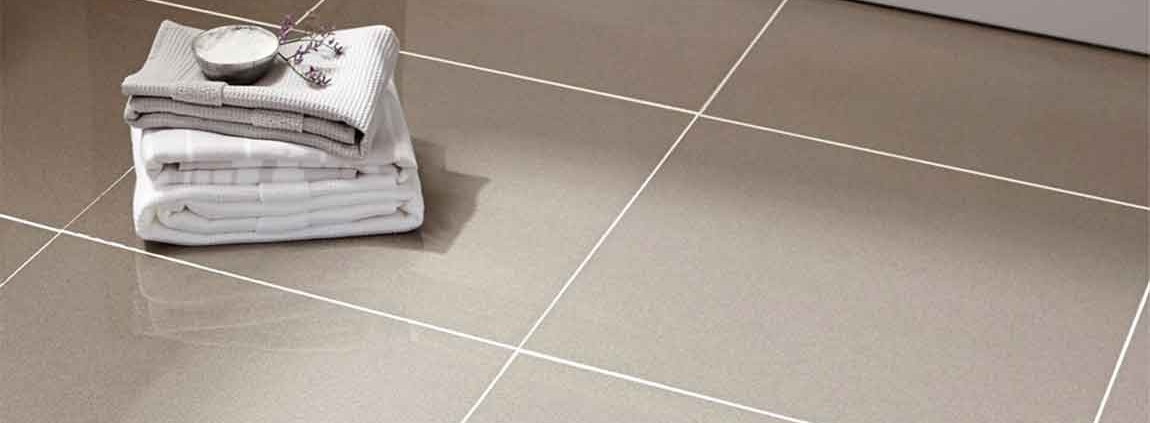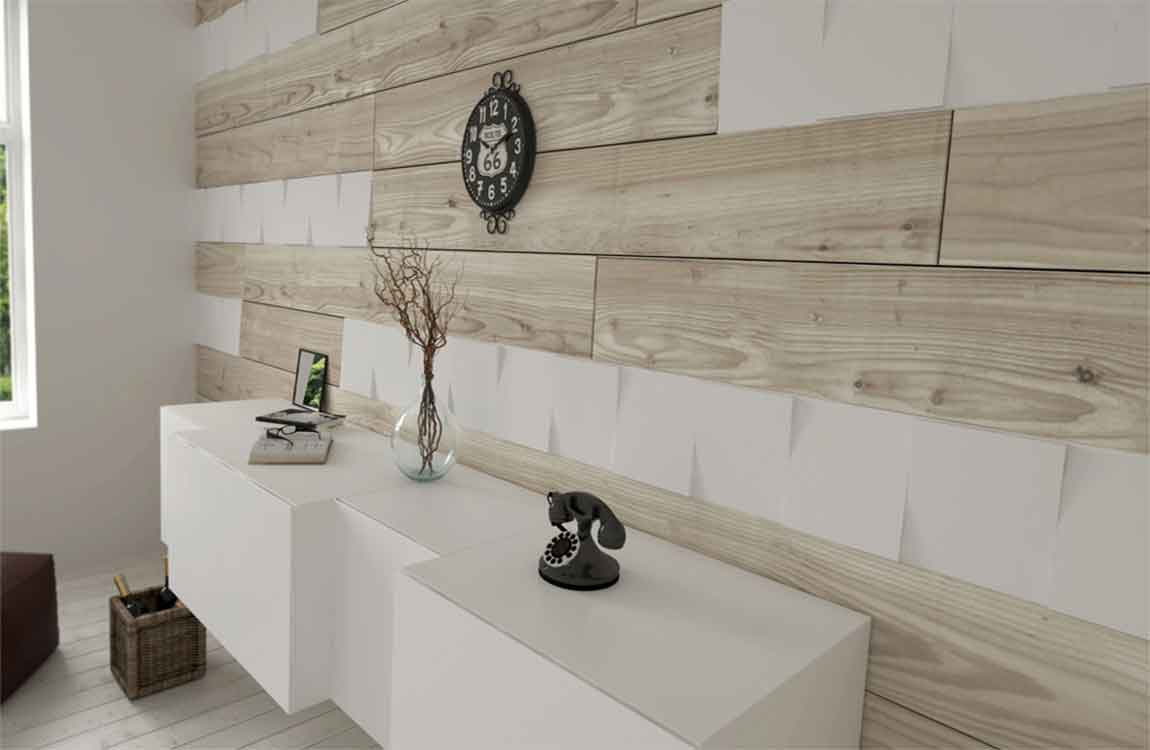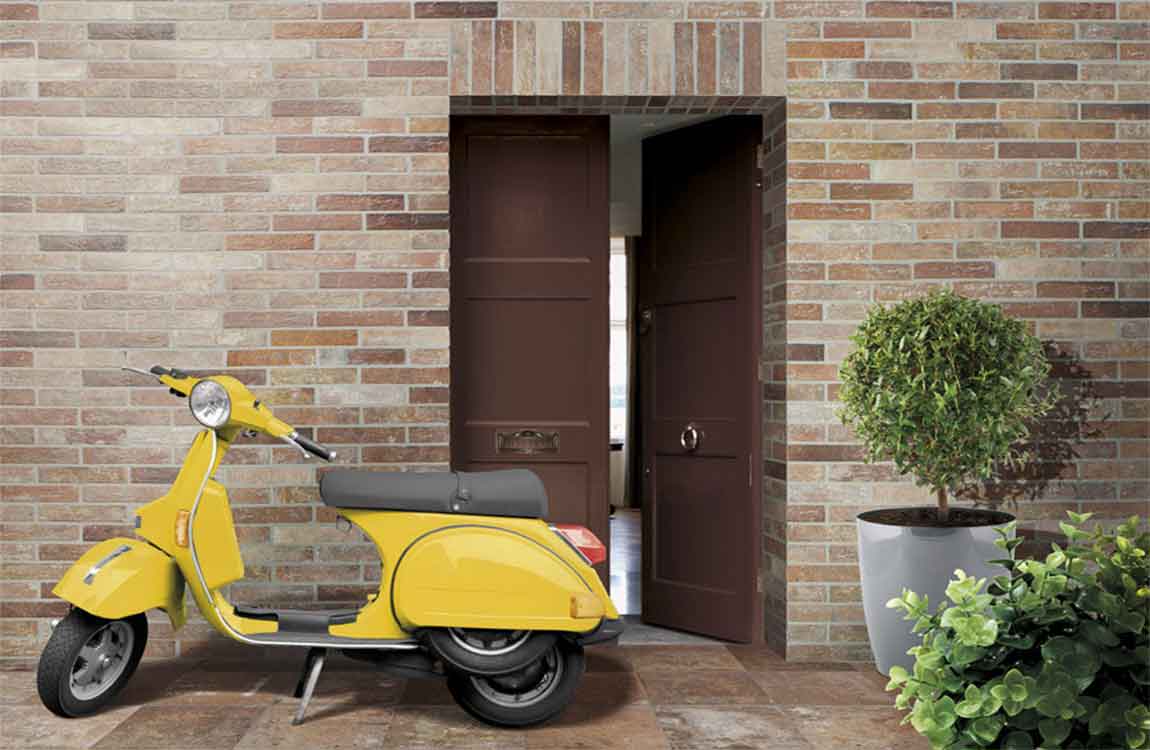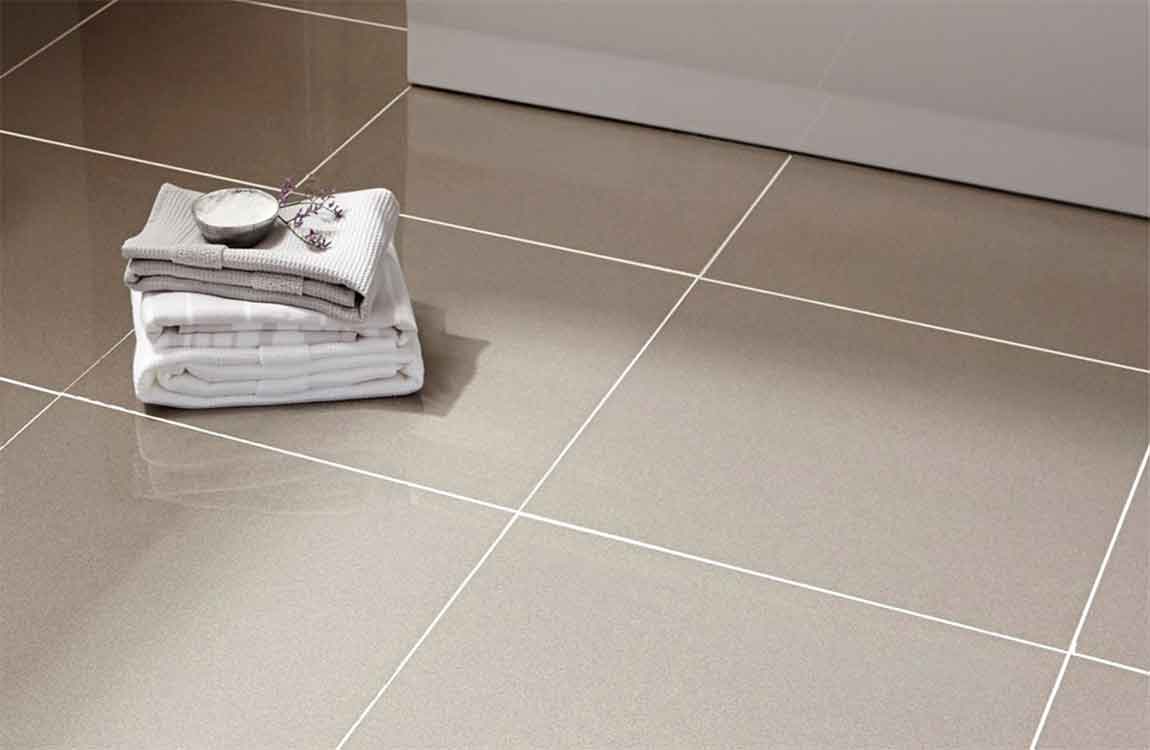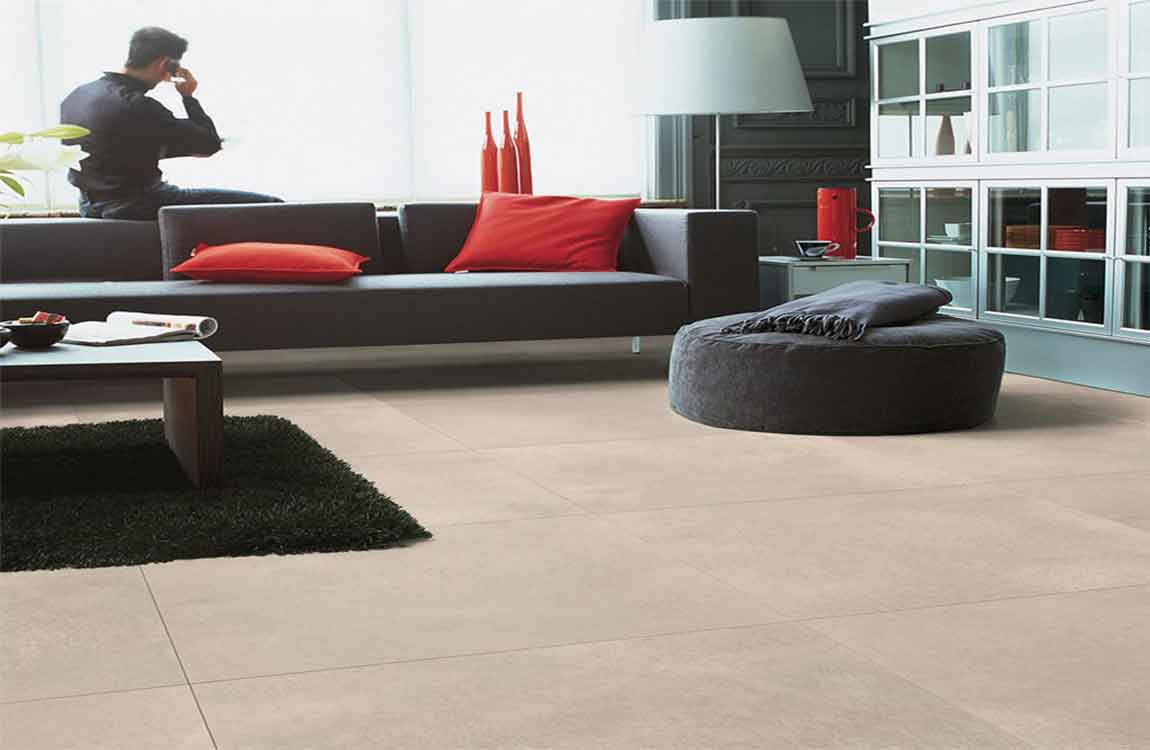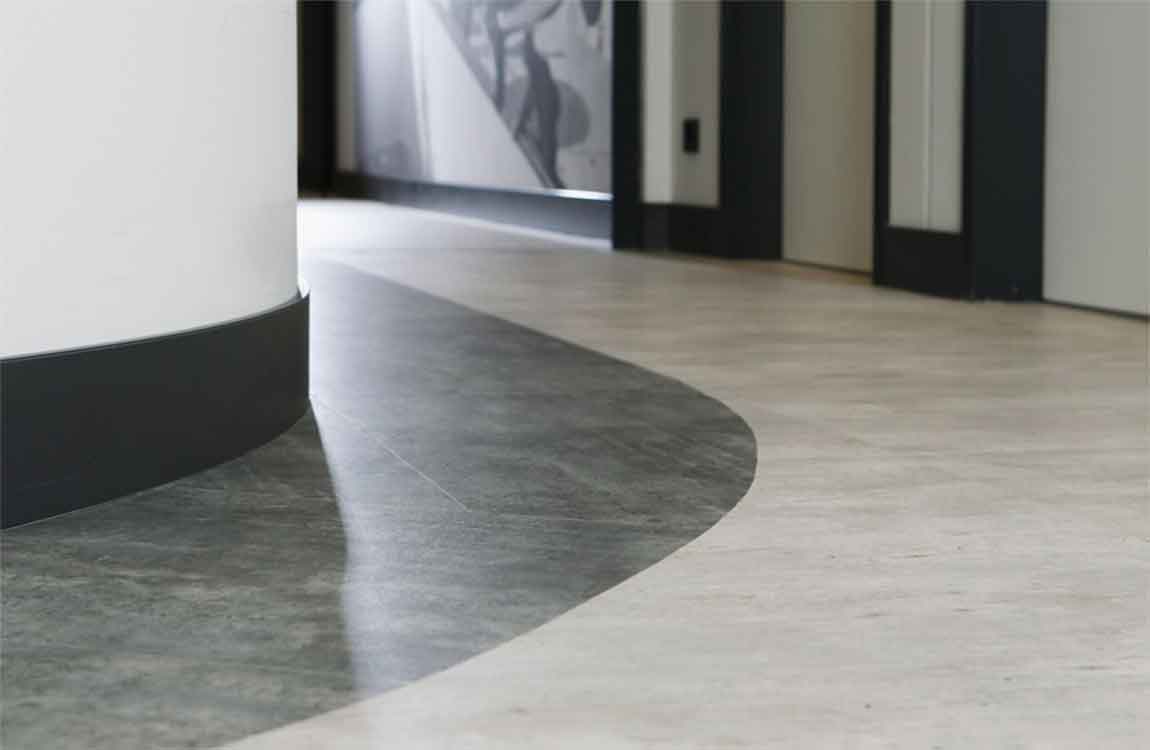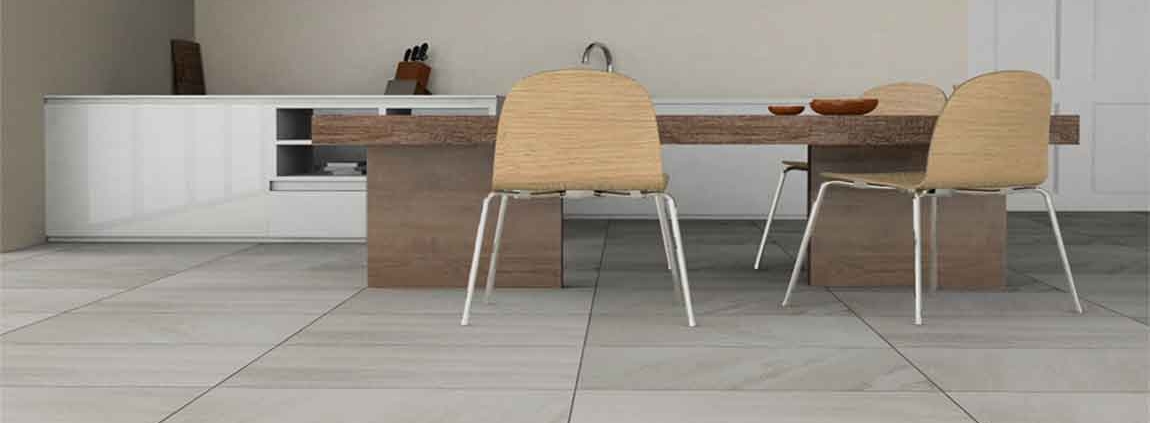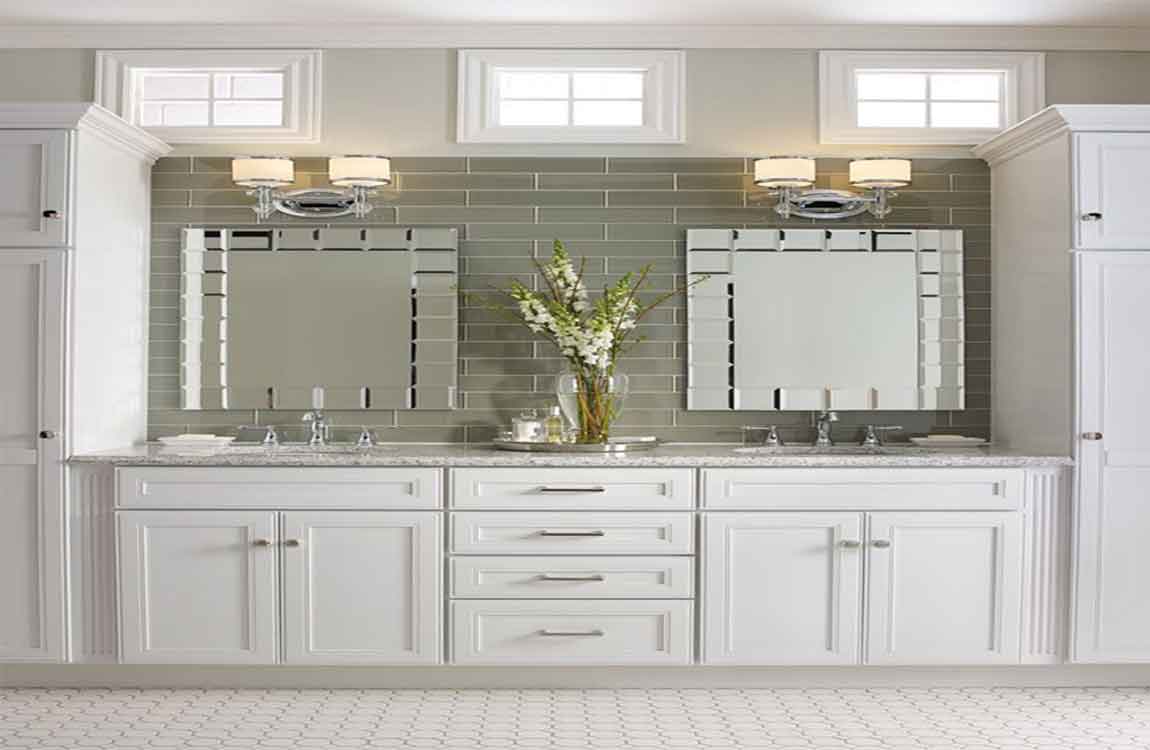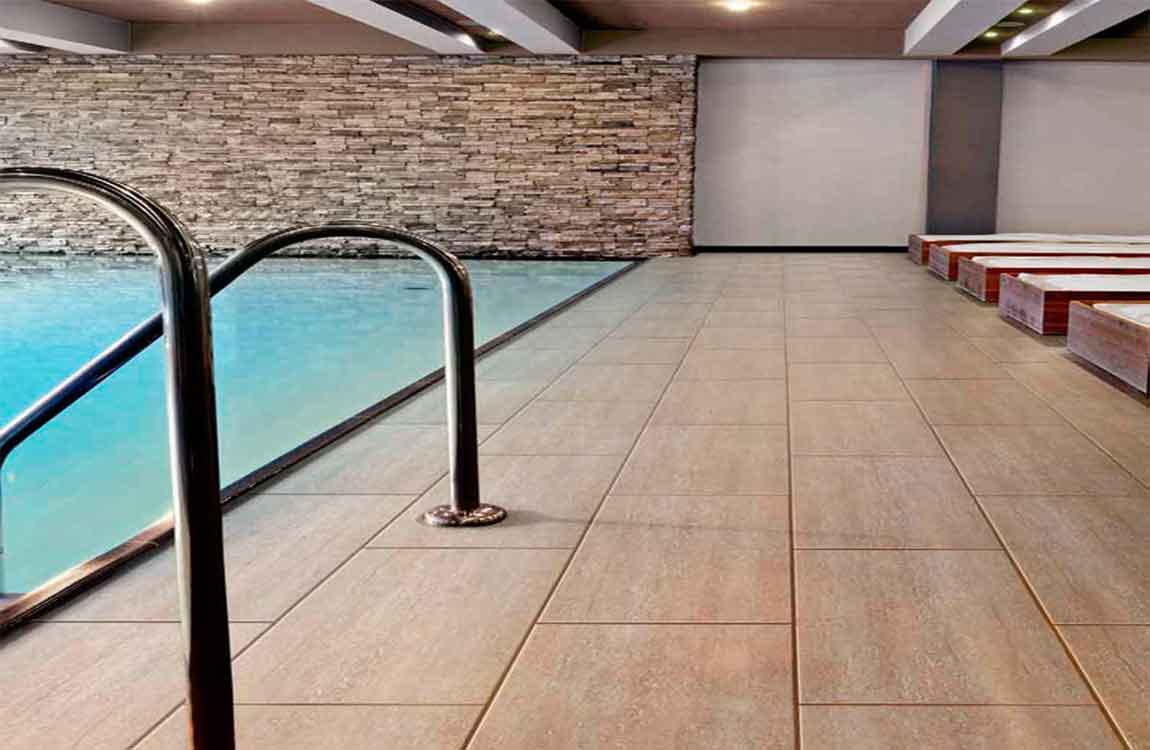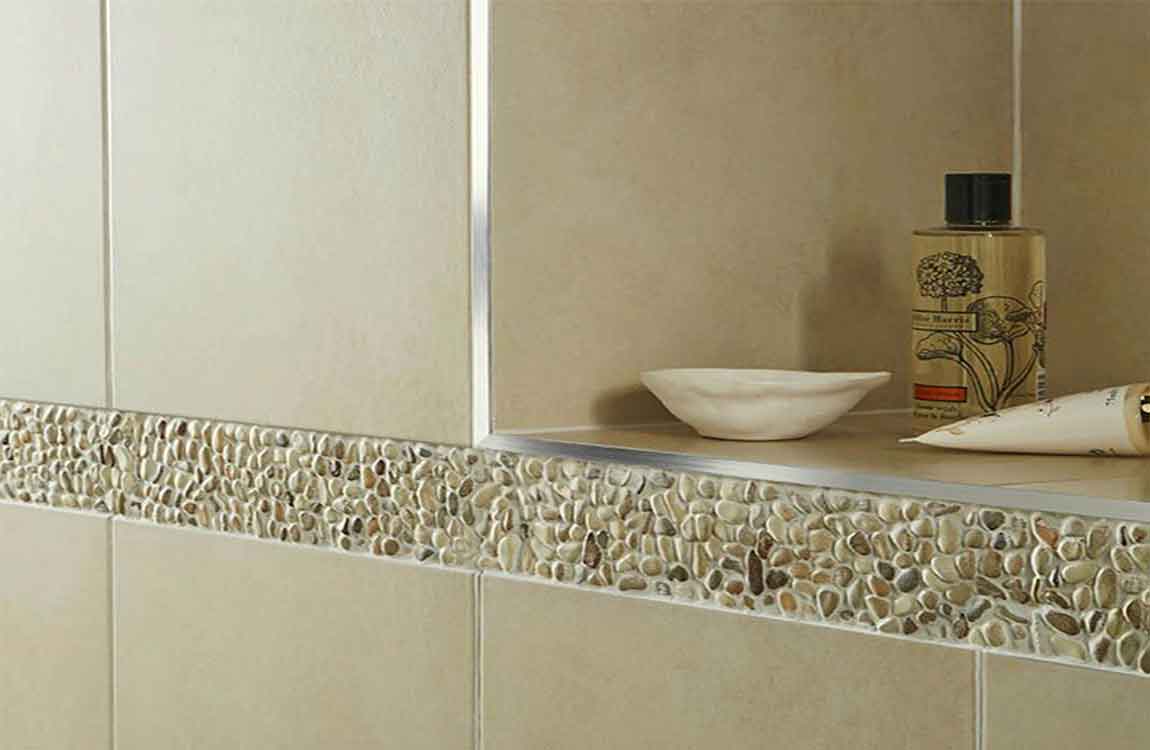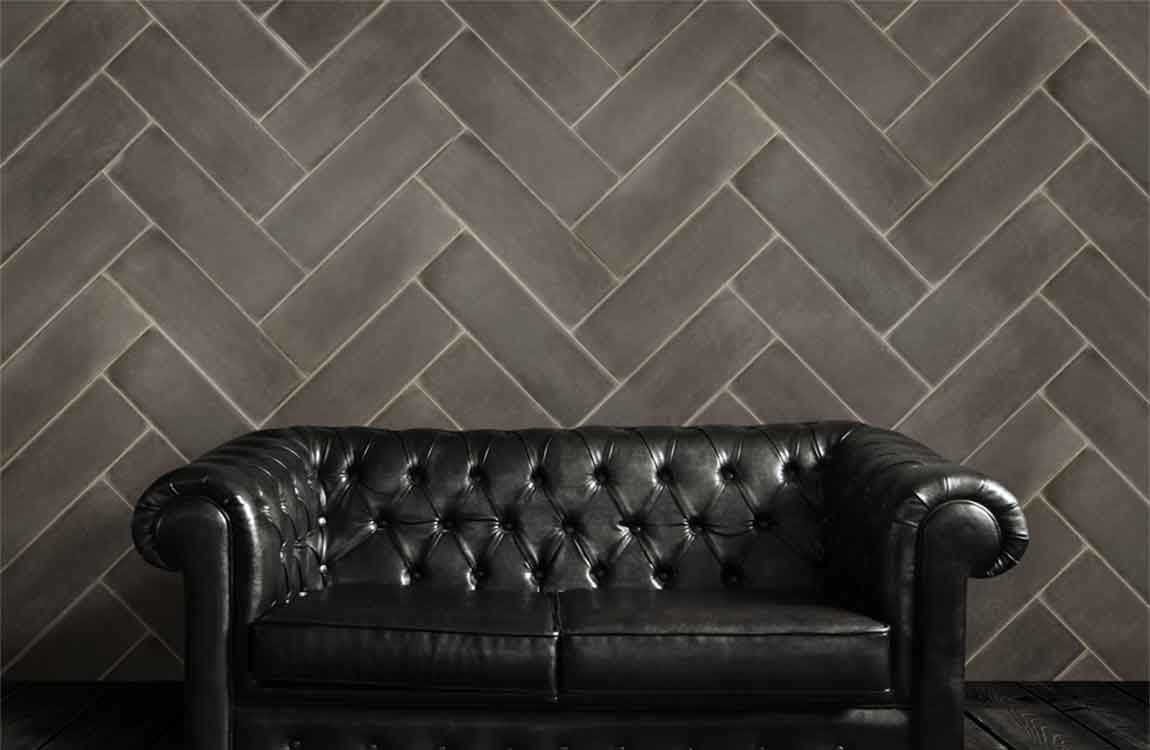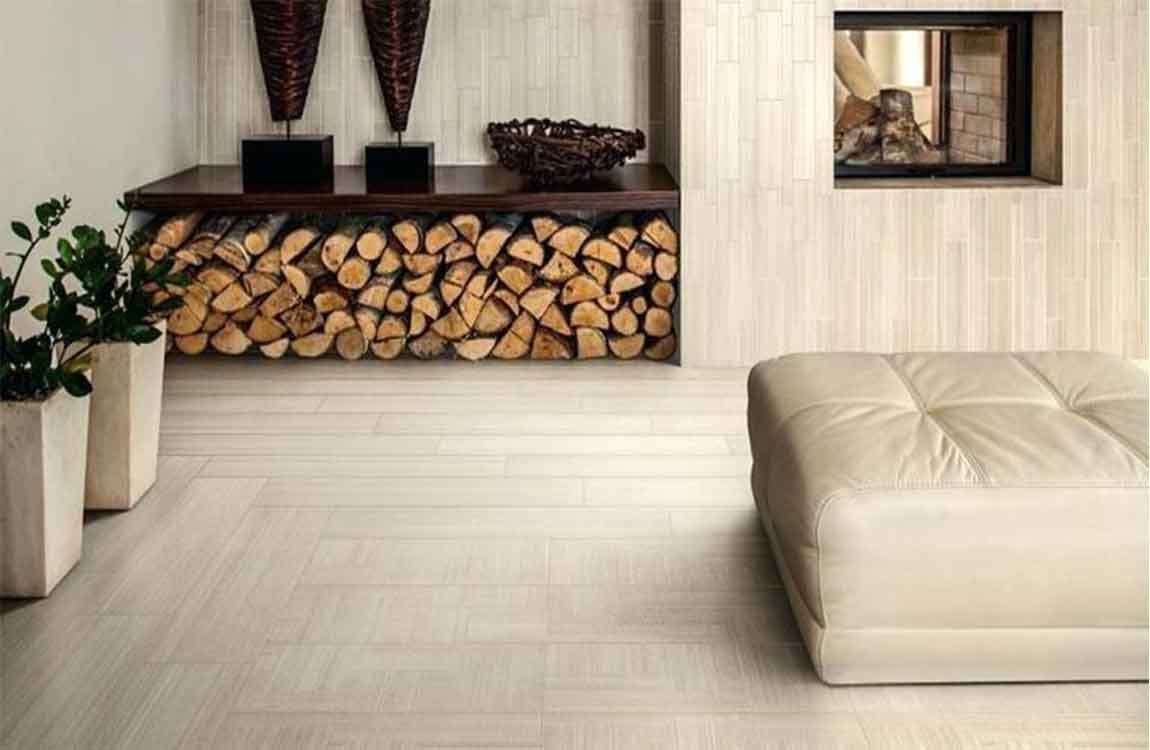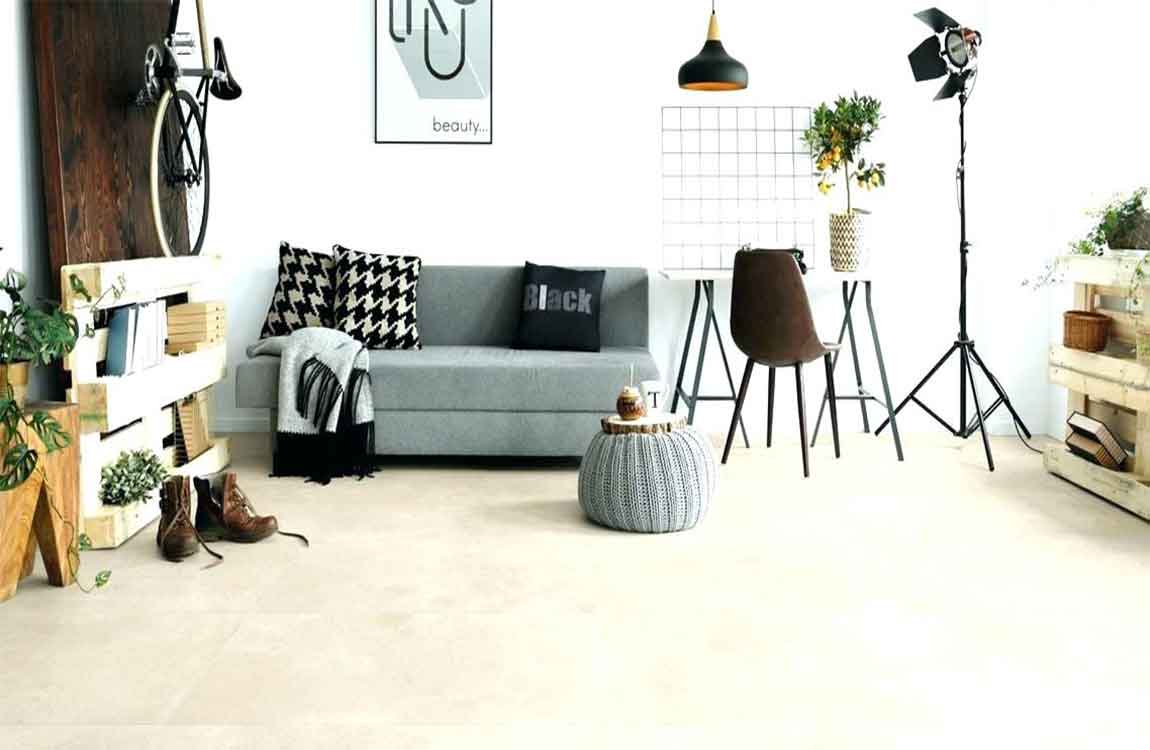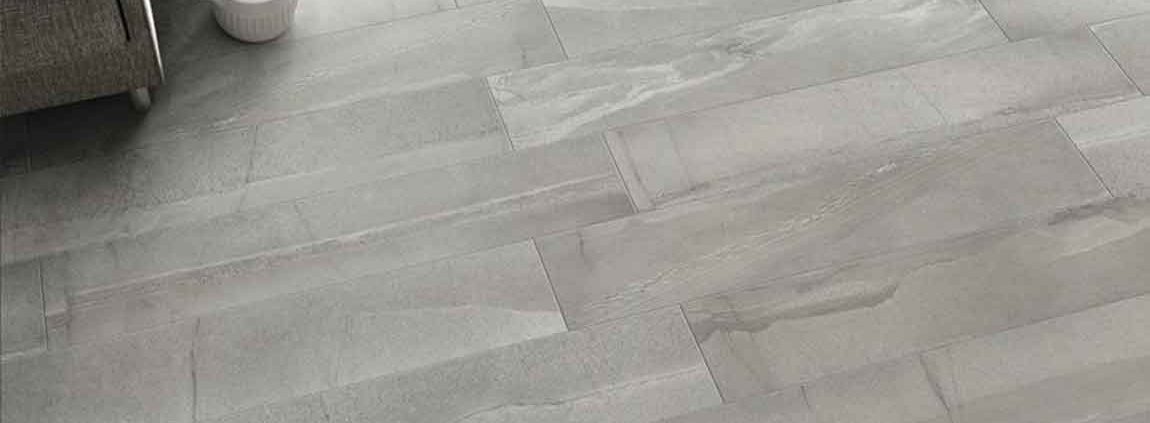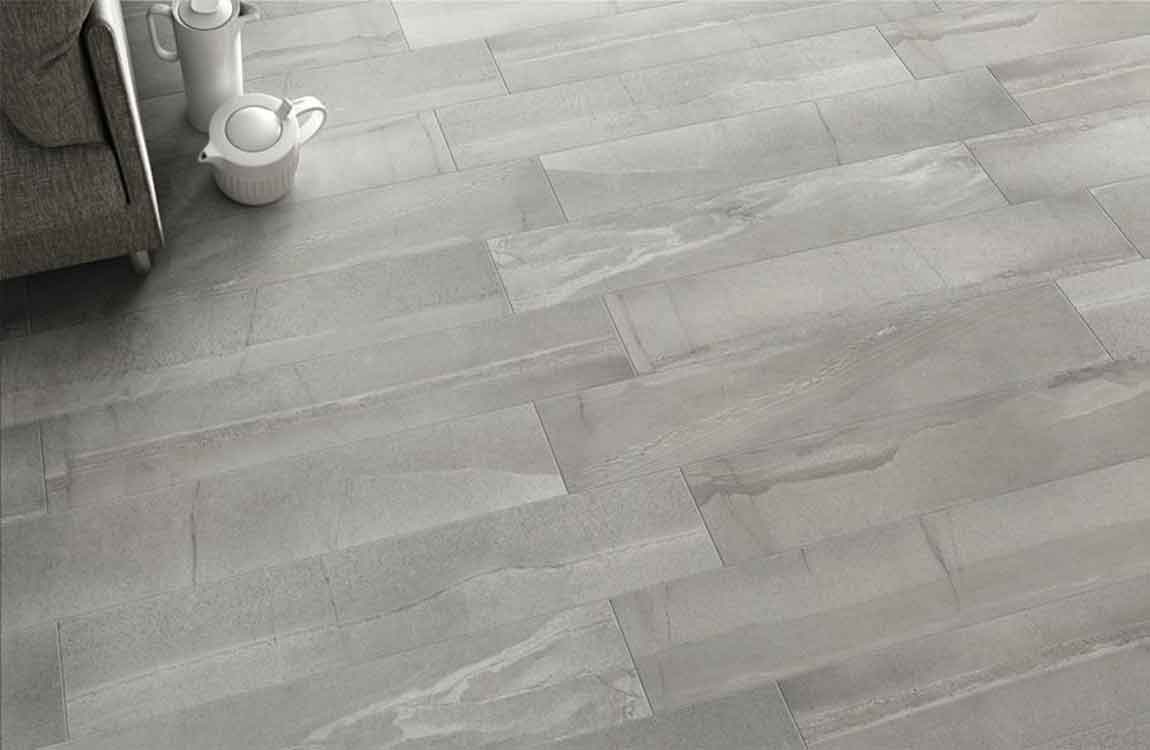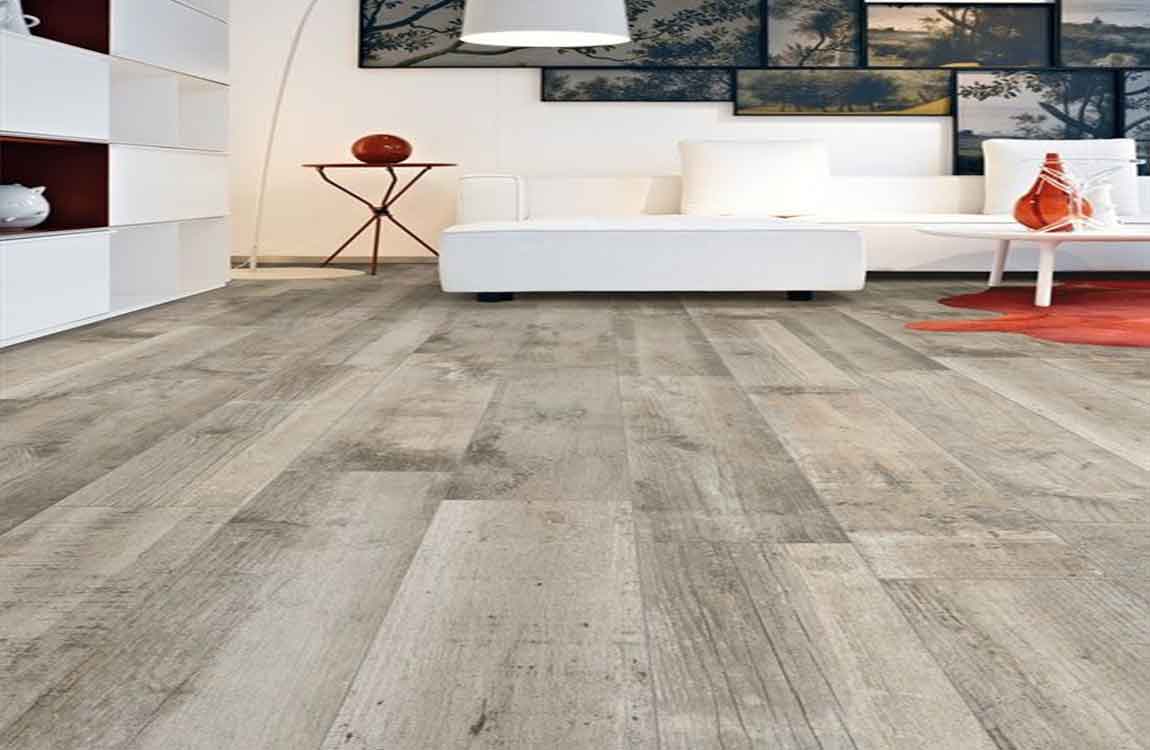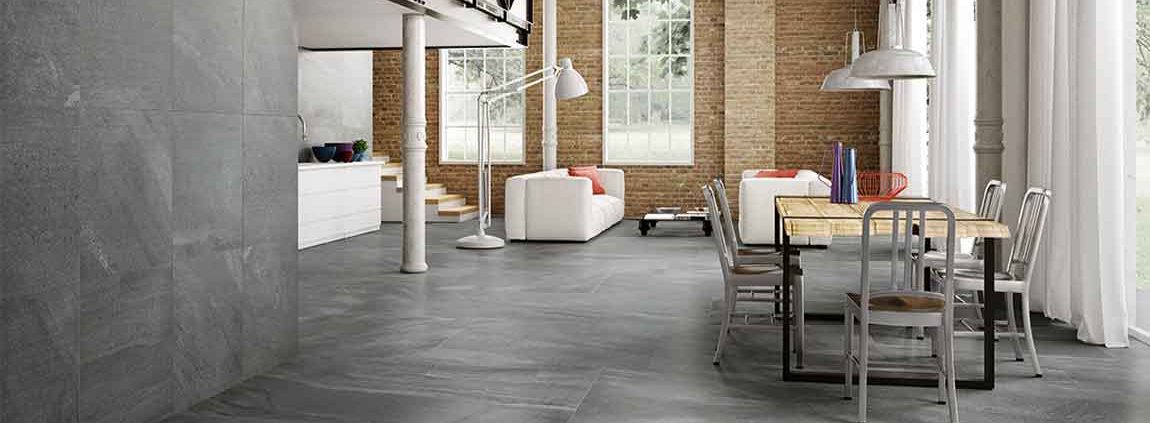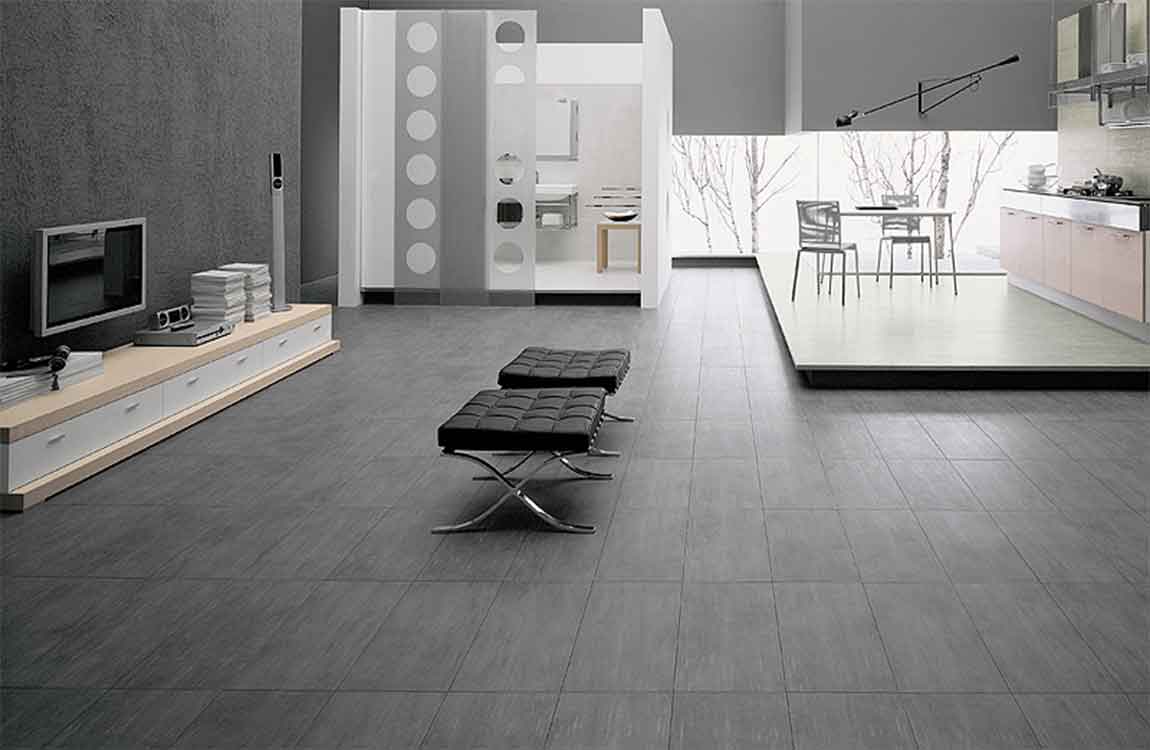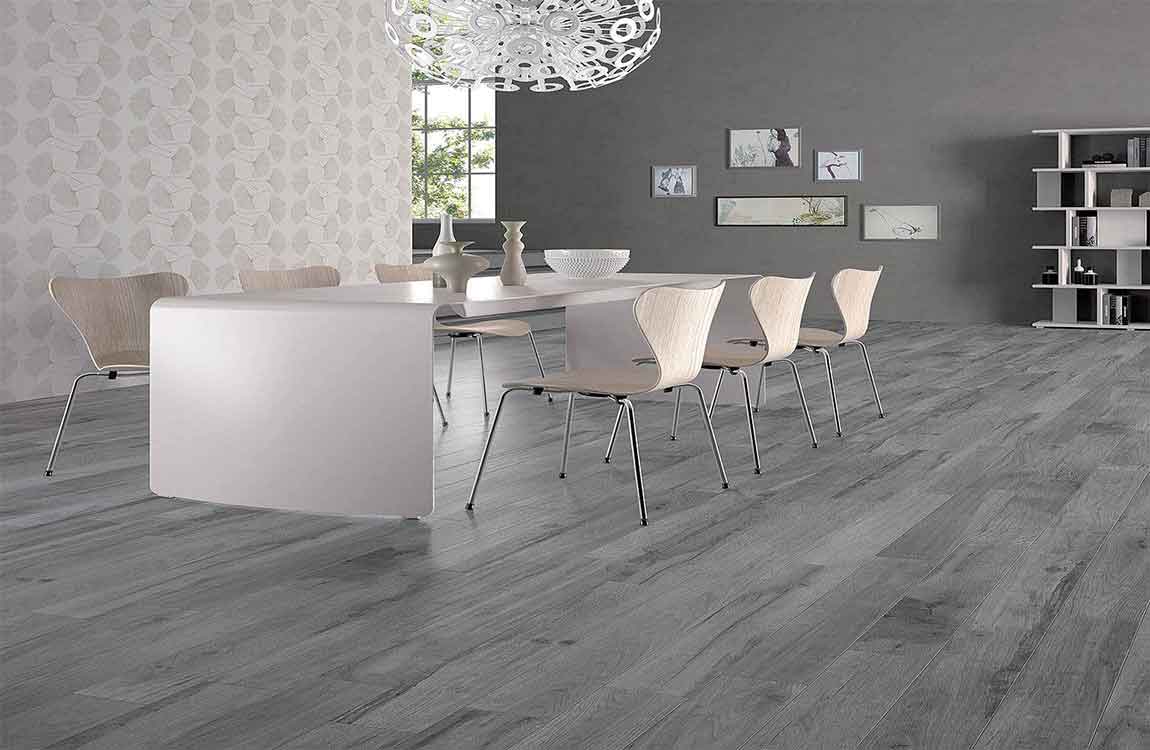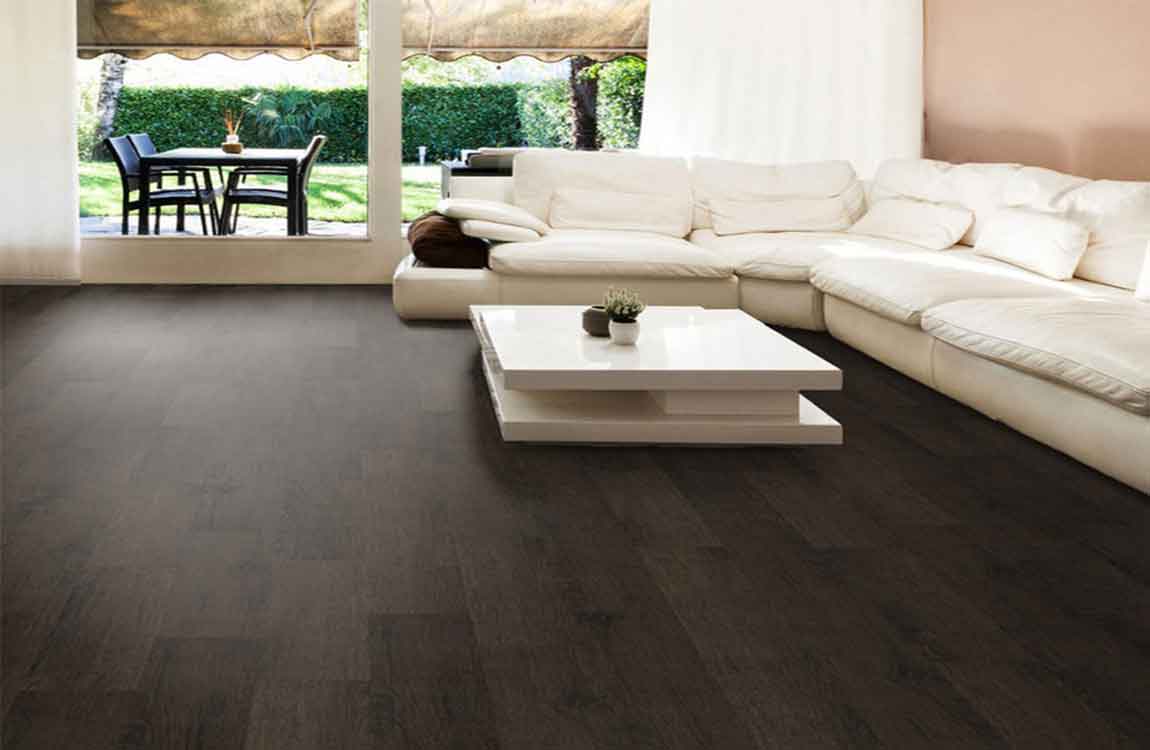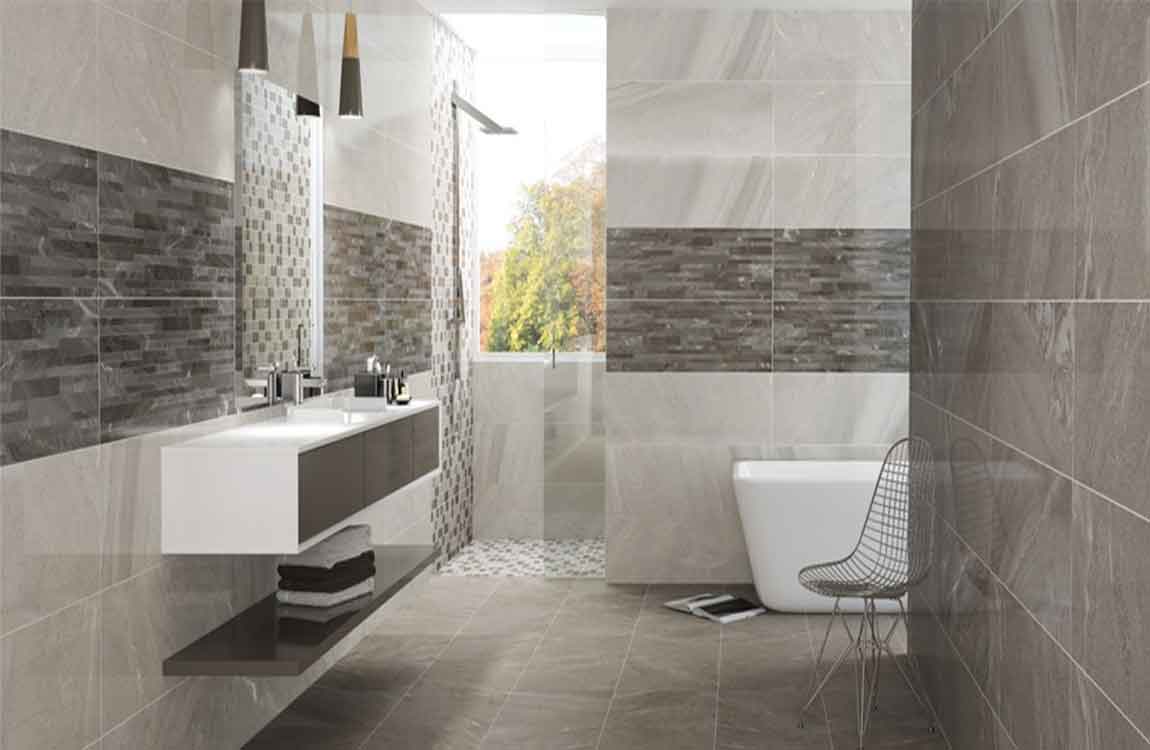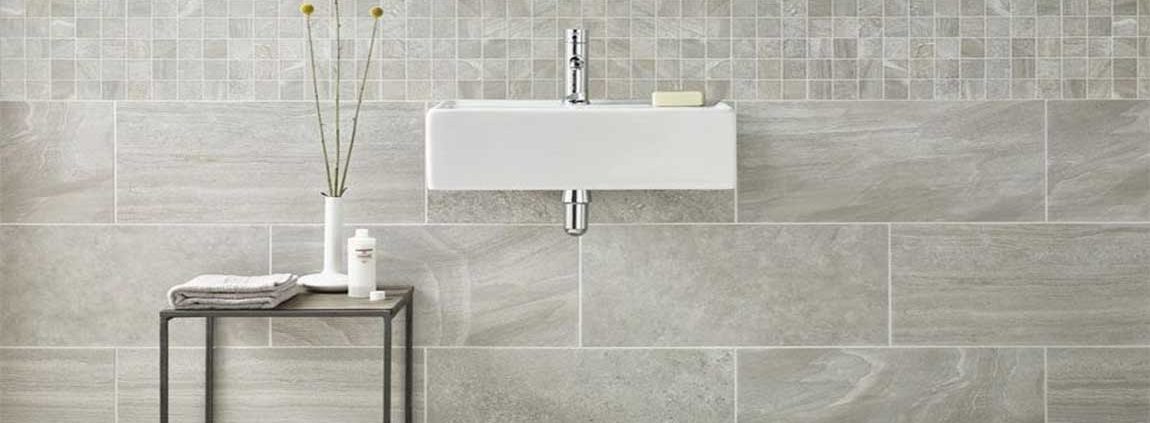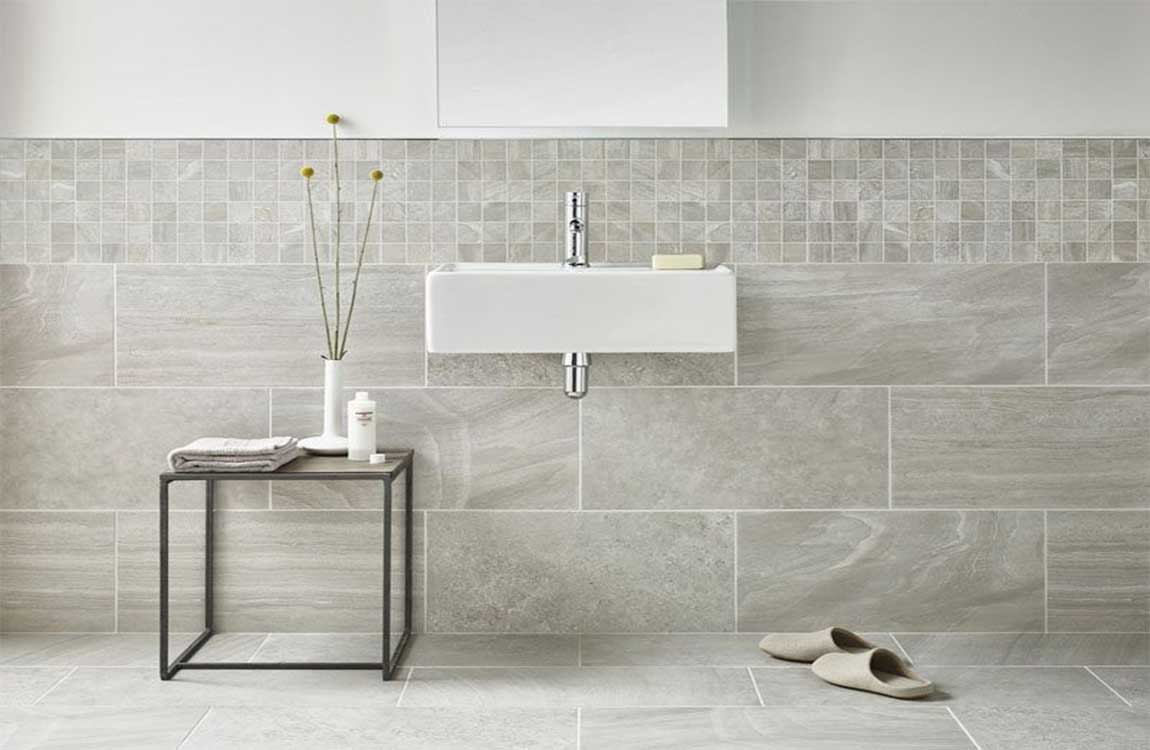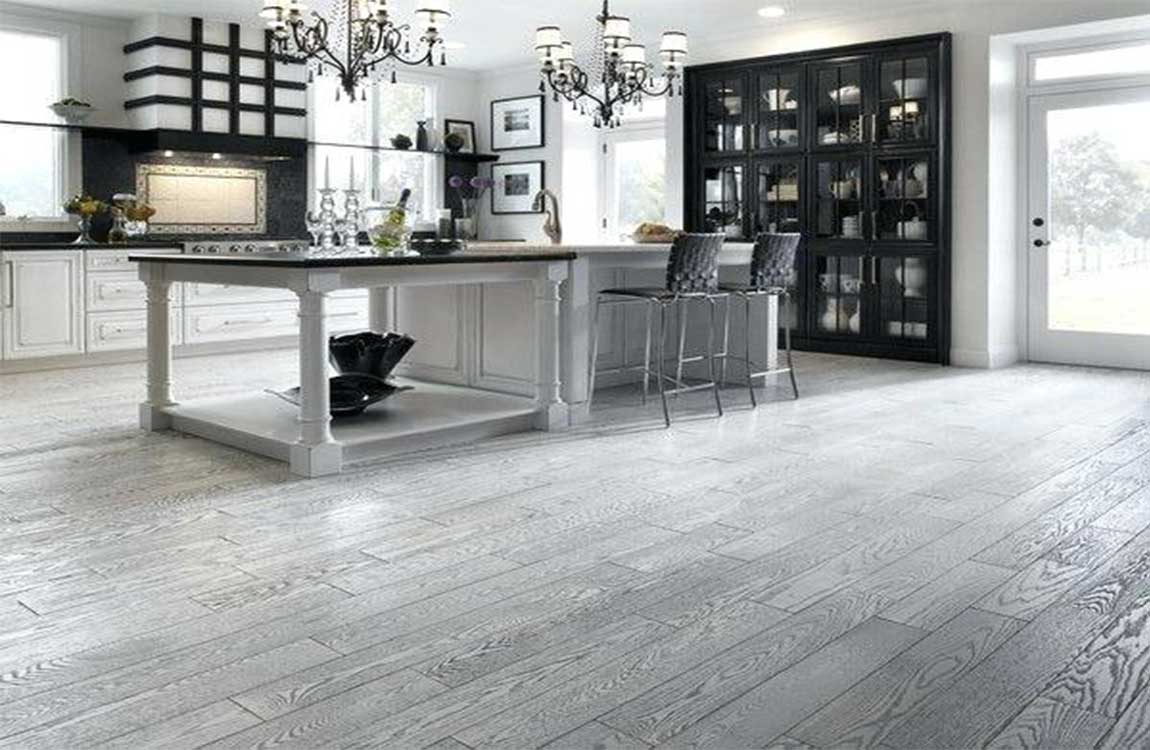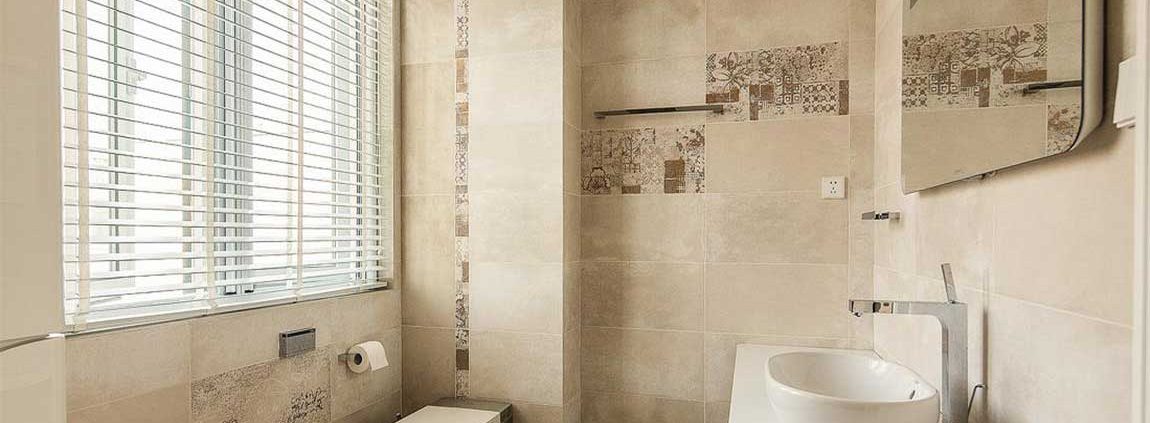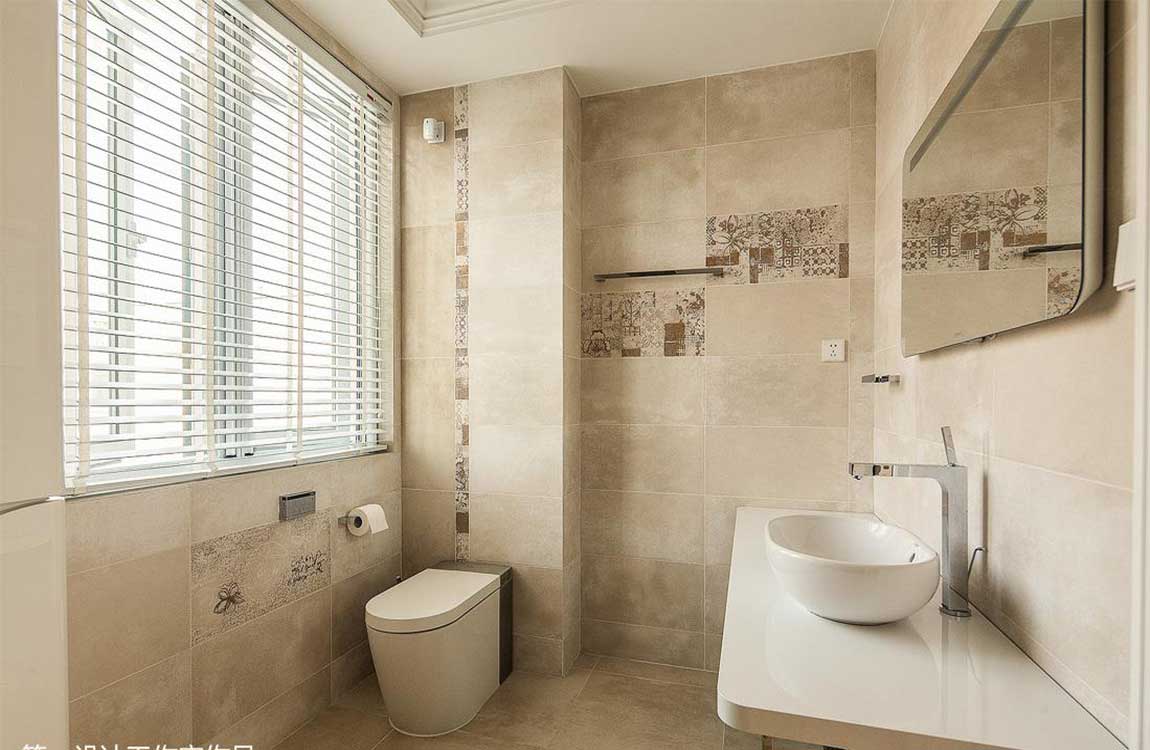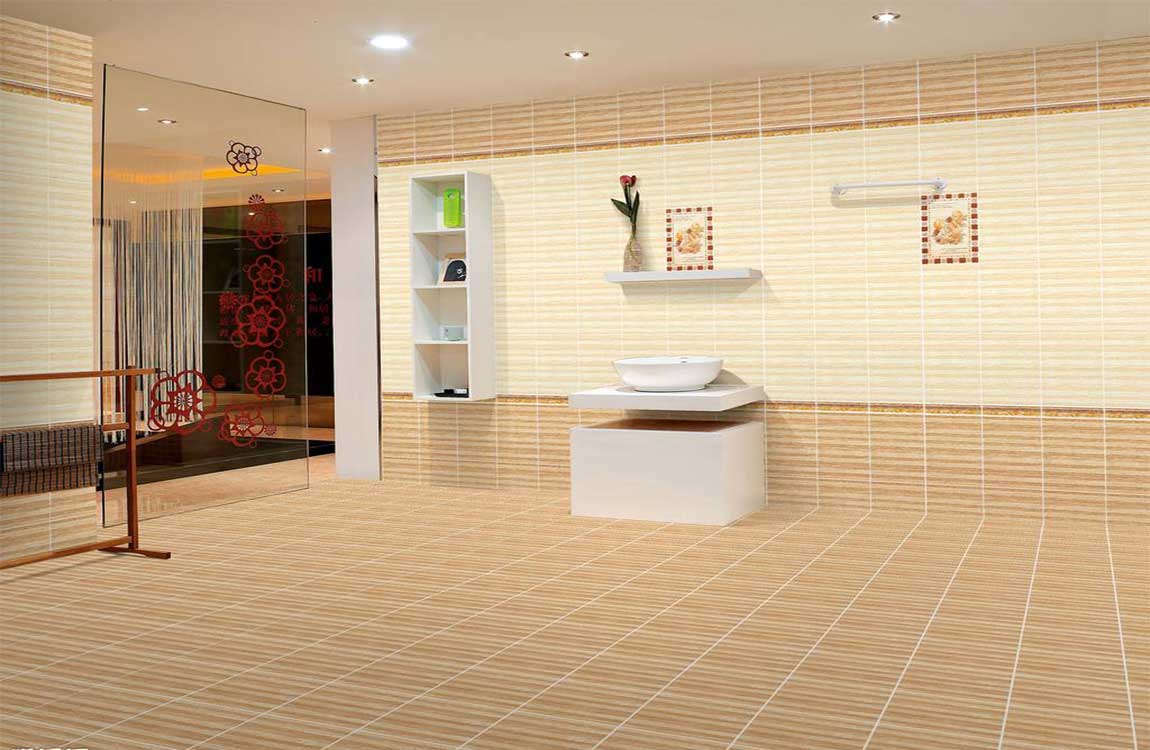How to Change the Color of Grout?
Grout can easily become discolored and dingy over time – something that is displeasing to many people. Rather than suffering through dealing with unattractive dark lines between your tiles, you can take action to change the color of your grout. Although neither is especially timely, you can choose to stain your grout or to give it a deep-cleaning.
Seal the grout. Some grouts are a combination of grout/sealant, but typically you’ll have to apply a special oil-based sealant to finish up your grout. This is especially important for areas that come into frequent contact with water (such as in a bathroom or near a kitchen sink). Follow the directions that accompany your sealant of choice as you paint over the grout.
Finish up. When you’re happy with your newly cleaned (and colored!) grout, you can do a final wipe down to remove any leftover cleaner. It is good to apply a sealant to your grout once a year, so when applicable apply an oil-based sealant to protect your grout.
Rinse and dry each section immediately. As soon as you’re done washing with your solution, switch sponges. Repeat the same process with fresh water. Pat the area dry with a soft cloth or towel, replenishing them as needed.
Get rid of any set in stains. When you finish cleaning, look for any stains that did not come out with a routine cleaning. Use a butter knife to gently ply any set in gunk off the floor. If any residue is left behind after removing the gunk, wipe it away with your rag and cleaner. Never use anything sharper than a butter knife. Remember, abrasive cleaners can harm your floor.

